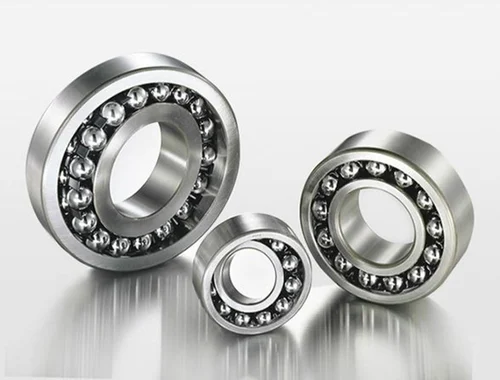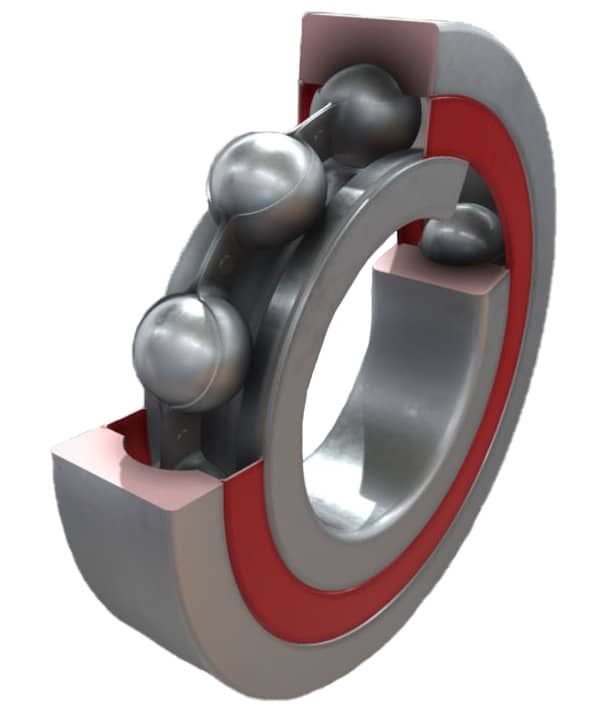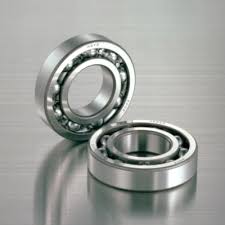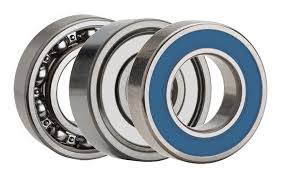1. Introduction to Ball Bearings
Ball bearings are small but vital components in various mechanical systems. They consist of small, spherical balls housed within an outer and inner ring. Their primary function is to reduce friction and wear between rotating or sliding surfaces. From bicycles to aircraft, ball bearings are everywhere!

ball bearings balls
2. Why Ball Bearing Size is Important
Choosing the correct size of a ball bearings balls is crucial to ensure that it can handle the expected load, rotational speed, and environmental conditions. The wrong size can result in premature wear, overheating, or even system failure.
3. Understanding Basic Ball Bearing Terminology
Inner Diameter (ID)
The inner diameter is the measurement of the hole in the center of the bearing. This diameter must match the shaft where the bearing will be mounted.
Outer Diameter (OD)
The outer diameter refers to the total width of the bearing from one side of the outer ring to the other.
Width (W)
This is the thickness of the bearing measured from one end of the bearing to the other.
4. Factors Influencing Ball Bearing Size
Load Capacity
The size of the Bearing Dealers Near Me directly impacts its load capacity. Larger bearings can support heavier loads, while smaller bearings are suited for lighter applications.

ball bearings balls
Speed Ratings
Smaller bearings tend to rotate faster due to their reduced mass, while larger bearings are typically used in slower-moving applications.
5. Common Ball Bearing Size Standards
Bearing Dealers in Lahore come in a range of standardized sizes. Most manufacturers follow international standards such as ISO or ABEC, ensuring compatibility across different brands and machines.
6. How to Measure Ball Bearing Dimensions
To measure a bearing sales near me accurately, you need to gather its ID, OD, and width. Most ball bearings are marked with these dimensions on their outer ring.
7. The Ball Bearing Size Calculation Formula
The formula to calculate the ball bearing size is straightforward once you have the necessary measurements:
Where:
- OD is the outer diameter of the ball bearing.
- ID is the inner diameter of the ball bearing.
This formula helps determine the effective size of the bearing based on its outer and inner diameters. Knowing these values, you can easily determine the size that fits your application.
8. Ball Bearing Load Ratings
Dynamic Load Rating
This rating measures the bearing’s ability to handle loads while in motion. A higher dynamic load rating means the bearing can handle more force over a longer period.
Static Load Rating
The static load rating refers to the maximum load a bearing can handle without moving. Exceeding this load can result in permanent deformation or damage to the bearing.
9. How to Use the Ball Bearing Formula in Practice
When calculating the right ball bearing size, always ensure that you have the precise measurements for OD and ID. For example, if you have a bearing with an outer diameter of 50 mm and an inner diameter of 20 mm:
This result gives you the approximate size needed for your application.
10. Examples of Ball Bearing Size Calculations
Let’s say you have a few bearings to choose from. If you know the OD and ID, simply plug the values into the formula to determine the effective size and choose the right one.
11. Selecting the Right Ball Bearing for Your Application
When choosing a ball bearing, consider factors such as:
- The load it will carry
- The rotational speed
- Environmental conditions (like temperature and moisture)
Each of these factors plays a role in determining the optimal size.
12. Ball Bearing Size and Performance
The performance of a ball bearing is closely related to its size. A bearing that’s too small may not handle the required load, while one that’s too large can lead to inefficiencies.
13. Maintaining Ball Bearings for Longevity
Regular maintenance of ball bearings, including lubrication and cleaning, ensures they perform well and last longer. Keeping an eye on wear and tear can prevent costly machine breakdowns.
14. Common Mistakes to Avoid When Choosing Ball Bearings
- Not considering the load capacity
- Ignoring the speed rating
- Choosing the wrong size based on miscalculated dimensions
Avoiding these mistakes can save time and money in the long run.
15. Conclusion
Understanding the ball bearing size calculation formula is crucial for anyone working with mechanical systems. By measuring the inner and outer diameters and applying the formula, you can ensure you’re selecting the right bearing for your needs. Always consider factors such as load capacity, speed, and environmental conditions to get the best performance from your ball bearings.
16. FAQs
1. What is the ball bearing size calculation formula?
The formula is: Ball Bearing Size = √(OD² – ID²), where OD is the outer diameter, and ID is the inner diameter.
2. Why is it important to calculate ball bearing size accurately?
Accurate size calculation ensures the bearing can handle the load, speed, and environmental factors effectively.
3. What happens if I choose the wrong ball bearing size?
Choosing the wrong size can lead to bearing failure, overheating, or damage to the machine.
4. How often should ball bearings be maintained?
Regular maintenance, including lubrication and cleaning, should be performed to extend the life of the bearings.
5. Can I use a ball bearing formula for all types of bearings?
This formula applies specifically to ball bearings, but similar formulas exist for other types of bearings.
For more information: Contact us SBS



0 Comments